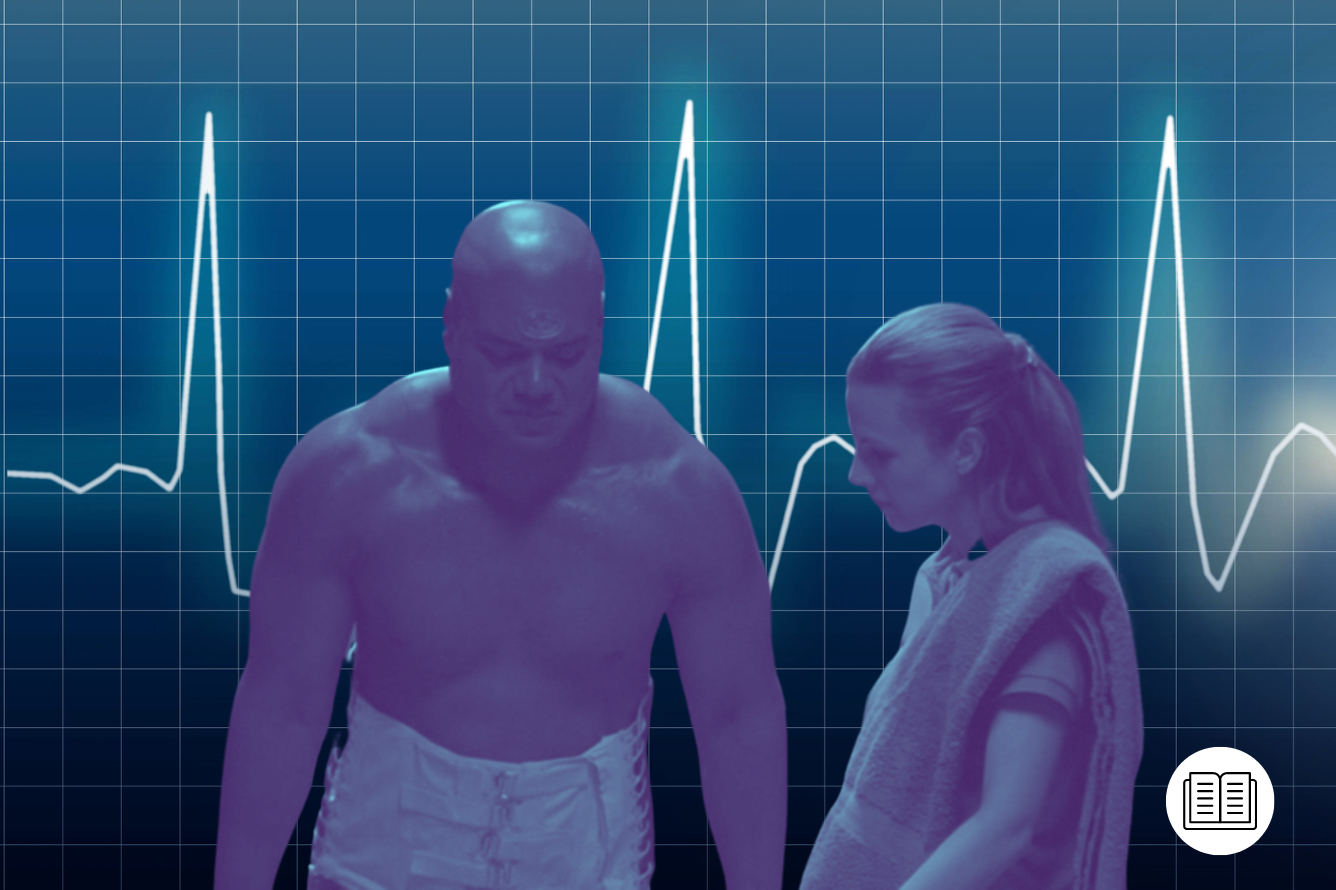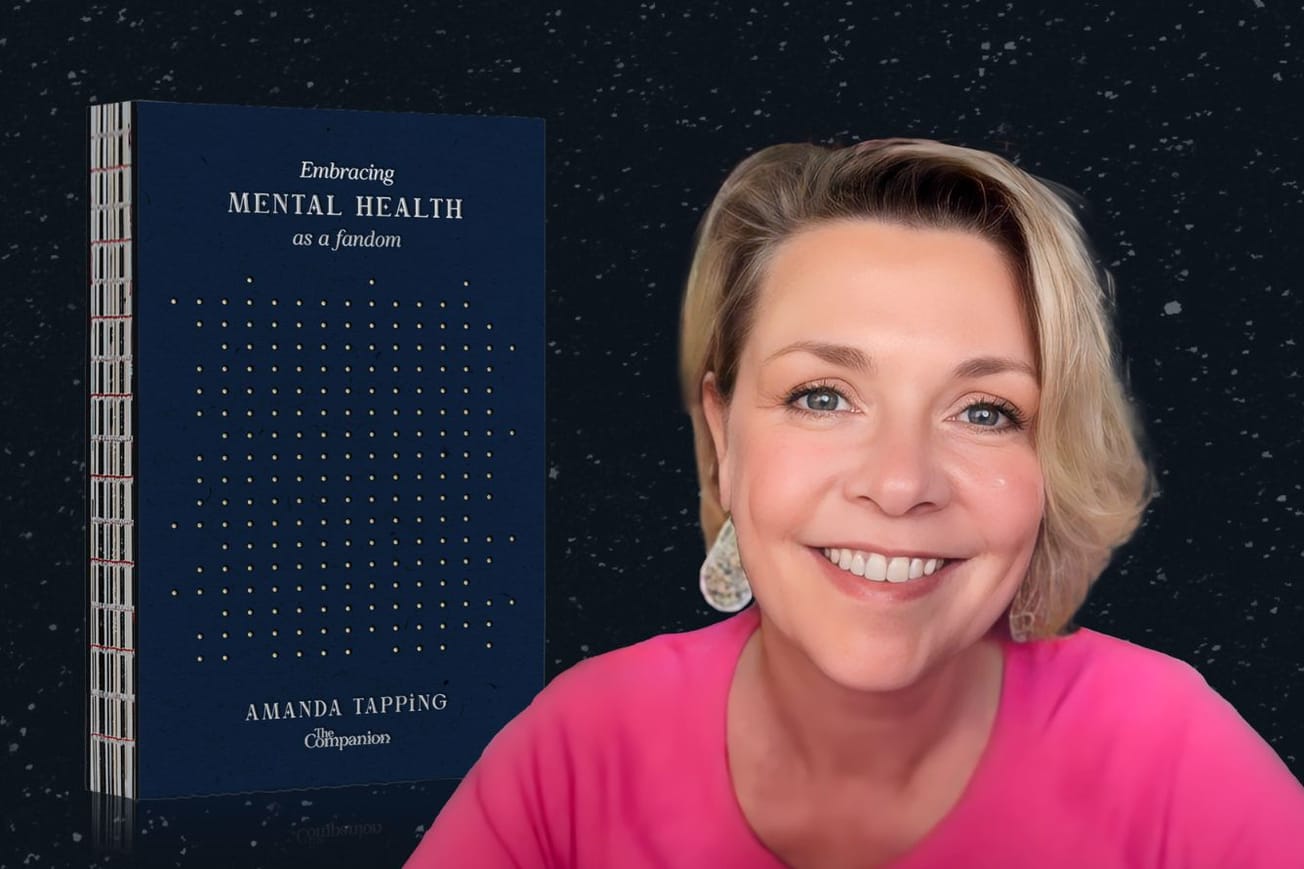Of all the characters in Stargate SG-1, Teal’c (Christopher Judge) wasn’t one I expected to have much in common with. That was until he had to start taking Tretonin. The truth is, the first time I watched that part of the Stargate SG-1 series, it didn’t hit home for me as much as it would a couple of years later. But let me start at the beginning.
Teal’c Symbiotes, and the Jaffa
Teal’c, who previously served as the First Prime of Apophis, carries a Goa’uld symbiote within him. This larval symbiote (or “prim’ta”) basically acts as his supercharged immune system, protects him against diseases, and heals his wounds. He’s not the only one who carries one of these symbiotes – all Jaffa do. The Jaffa are also given a long life and increased physical capabilities and health by their prim’ta.
Without a symbiote, a Jaffa will succumb to illness and die as they do not have an immune system to counter disease or to heal wounds sustained in, for example, battle. The symbiotes, and the Jaffa’s reliance on them for their health and well-being, leave them as little more than slaves to do the Goa’ulds’ bidding.
The Jaffa remain enslaved by the Goa’uld system lords until the medicine Tretonin is discovered in the Stargate SG-1 episode ‘Cure’ (S6, Ep10), and Teal’c is left with little choice but to start taking it when his symbiote dies.
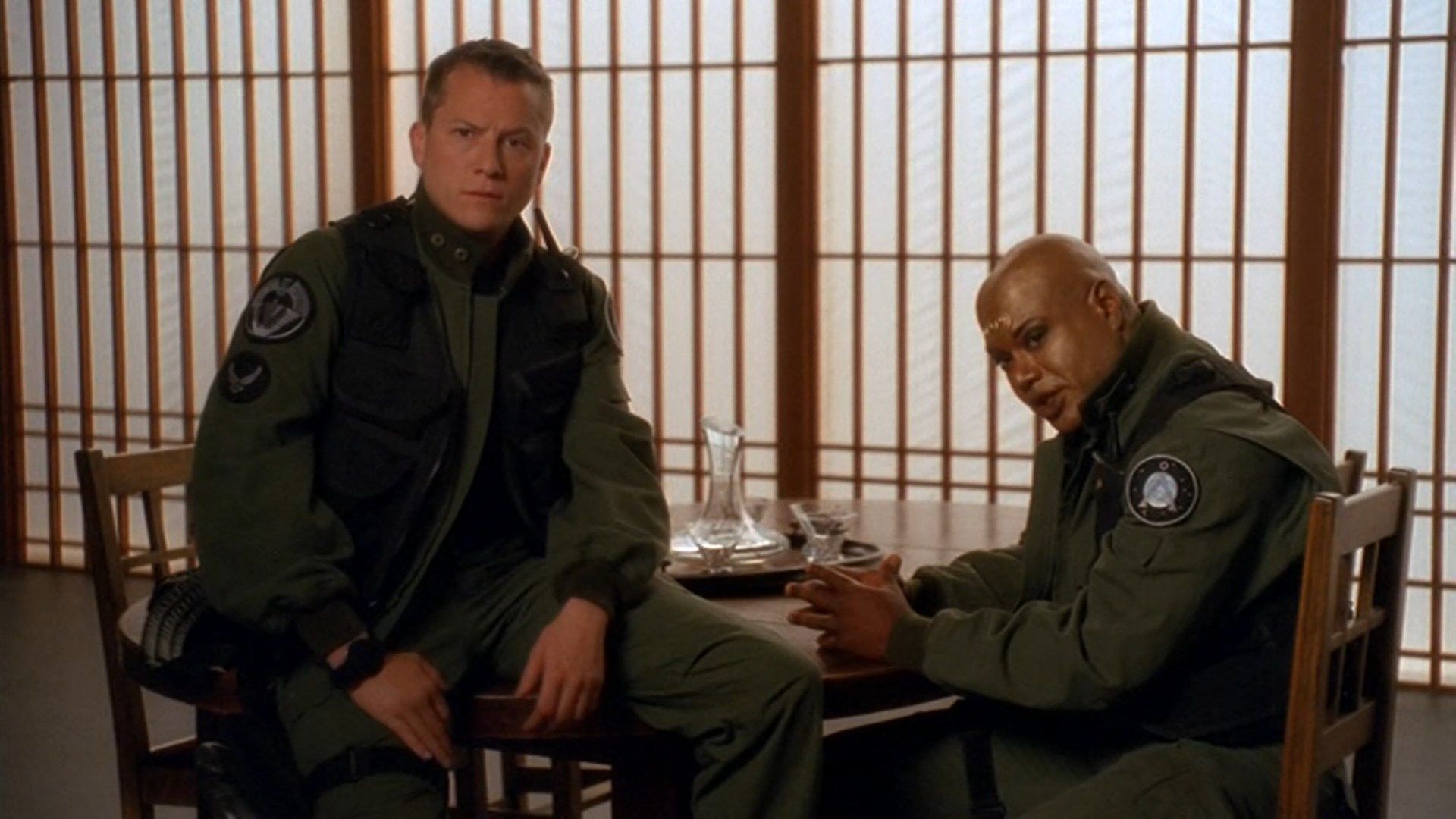
My Diagnosis (Not a Goa’uld Symbiote)
It’s been a decade since my diagnosis with Bipolar Mood Disorder (previously called Manic-depressive Disorder or, even earlier, Affective Psychosis) in 2012. Before that, I’d spent several years diagnosed with Clinical Depression. For some years before that, I was probably also cycling in and out of depression without it being treated, as I thought that was what “normal” felt like.
When bipolar disorder was diagnosed, it had been three years since my mother’s passing from cancer. This was – no surprise there – a major life change that seemed to have been the last straw for my early-twenties brain, and it kicked the whole mood disorder thing into high gear.
As might be expected, it ended with me being diagnosed at a local psychiatric clinic. As might also be expected, the diagnosis brought some kind of relief because I could finally put a name to what was wrong. It may not have been as obvious as a missing Goa’uld symbiote, but looking back, the signs were there.
Then came the search for the cocktail of medications and other non-drug treatments that would make me feel “normal” and not disastrously depressed or hypomanic.
Tretonin: A Lifeline or a Trap for Teal’c?
In ‘Cure’, the SG-1 team discovers the original Tretonin medicine on the planet Pangar. The medication seems a miracle at first, as the Pangarans who take it are never affected by illness.
As with anything that seems far too good to be true, the darker side of Tretonin soon becomes apparent. Soon we learn that the Tretonin is made from a Goa’uld queen’s larva and that it destroys a person’s immune system entirely so that they are forced to keep on taking it to stay alive.
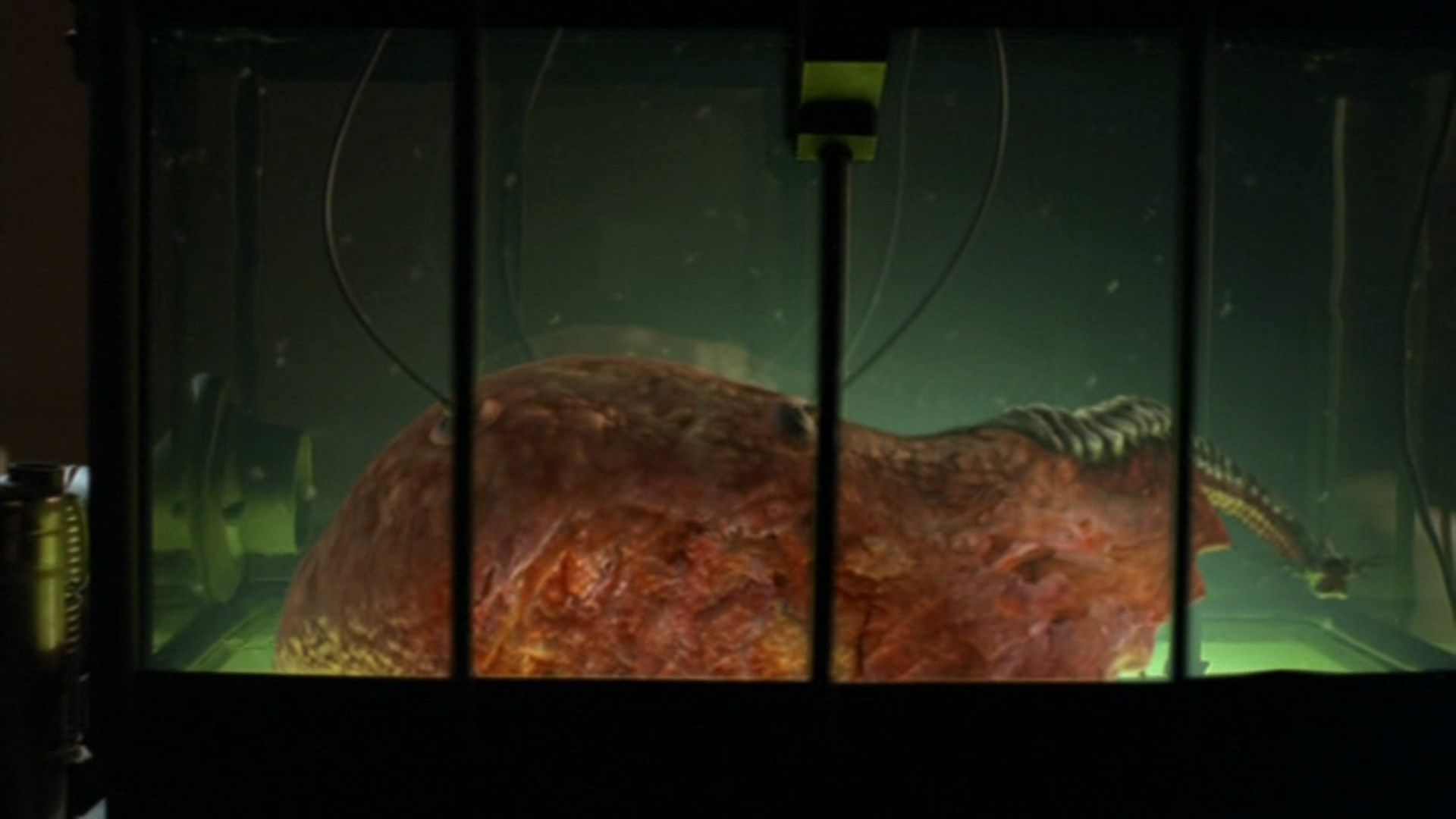
While this may not seem such a big problem – why not just keep on taking the Tretonin? – the Goa’uld from whom the larva are harvested is dying, and the Tretonin is also not functioning as well as it used to. In short, a fifth of the Pangarans will die if another Goa’uld can’t be found from which larva can be harvested.
During ‘Cure’, however, we find out that the Goa’uld queen is, in fact, Egeria, the mother of all the Tok’ra. Drama ensues, but in the end, the Tok’ra decides to research Tretonin further.
The Tok’ra Synthesize Tretonin for Use
Because the original Tretonin, made from the Goa’uld larva, was unsustainable, the Tok’ra found a way to synthesize Tretonin. The Tretonin will give Jaffa a chance to free themselves from the rule of the Goa’uld, however, it would mean that the Jaffa, like Teal’c, trade reliance on the Goa’uld for reliance on Tretonin if they wish to live.
Choosing to Take Tretonin
Taking medication as part of my treatment regime led to a couple of years of experimentation until the perfect medicine cocktail was found that made me feel normal. Although “normal” is a loaded term, for me it simply meant being in a state of little or no depression and being able to see the world in color again. The realization that you’ve been walking around looking at the world with the saturation seemingly turned right down is quite jarring.
I can still remember waking up one day and realizing that I actually saw that the sky was blue and the trees green. It was as if the smoked glass that had distorted my view of the world had been lifted away. The change was immense. However, my choice to take medication was also influenced by two people I knew – who also had bipolar mood disorder – committing suicide.
According to research done by Novick in 2010 and Dome in 2019, an estimated 25-60 percent “of individuals with bipolar disorder will attempt suicide at least once in their lives” (Novick, 2010). Death, in that sense, is a very real possibility with bipolar, so I decided to do all I could to avoid it even though the road to the perfect medication cocktail isn’t exactly easy.
The Side-Effects of Tretonin on Teal'c
"As soon as I began to take it, things changed. I felt my capability was being compromised, but I said nothing, hoping the effects were only temporary and my strength would return.”
Teal’c is wounded in the Stargate SG-1 episode ‘Orpheus’ (S7, Ep4) – hit in his abdominal pouch by a blast from a staff weapon – and needs more time to recover from the wound than he would have needed if he still had a symbiote and wasn’t reliant on Tretonin. He finally confides that he had been undergoing changes while taking Tretonin. For example, he did not heal as fast with Tretonin as he did with a symbiote.
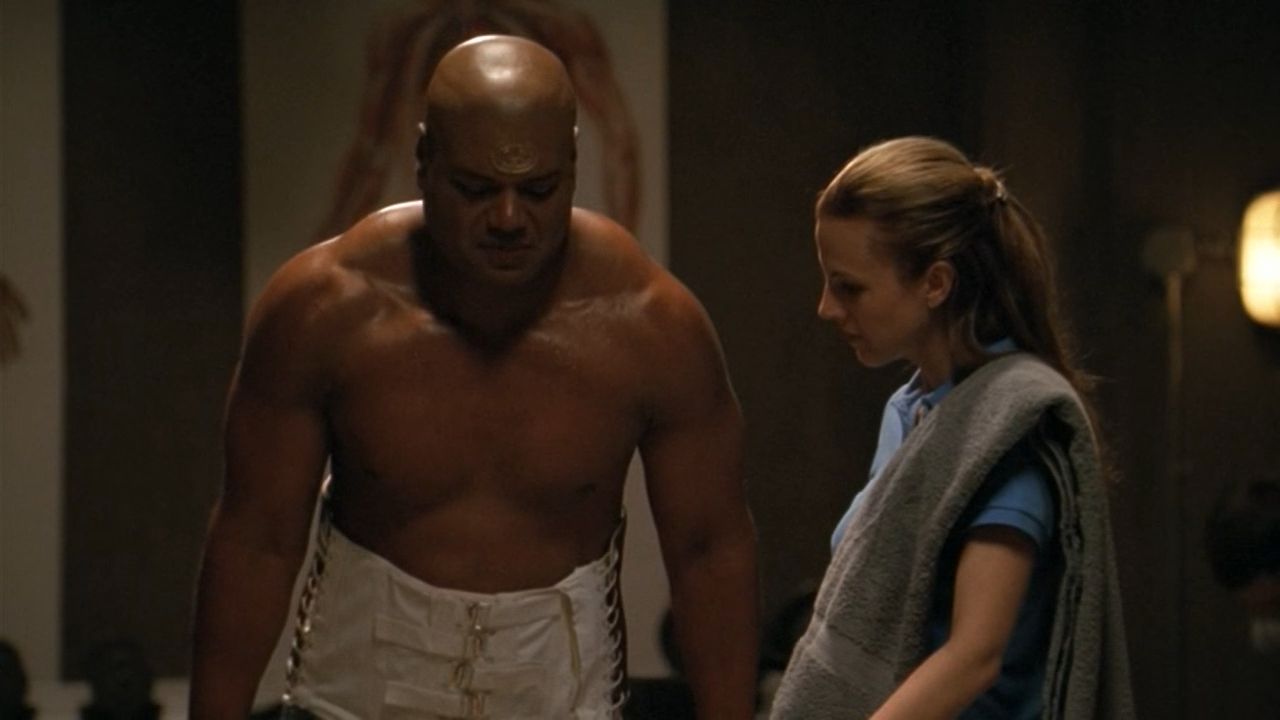
Choosing to Live with Chronic Medicine Side-Effects
I most identified with Teal’c’s choice to keep using Tretonin – even if it meant diminished physical capacity, etc. No, I didn’t have the physical prowess of a Jaffa warrior that I had to give up, but I do have some side effects that I’ve decided are worth living with in order that I don’t have to trudge through the darkness of depression.
That said, my cognitive behavioral therapy (CBT) sessions have also helped with coping with these side effects, including the chronic pain that often goes along with bipolar mood disorder.
Chronic Pain Sucks, Full Stop
Besides the chronic headaches and migraines that run in part of the family (fun!), I also have chronic muscle and joint pain that often accompanies bipolar (more fun!): “Physical pain is also a symptom of bipolar disorder, usually in the form of muscle aches and joint pain.” (LaRae LaBouff, 2016)
In fact, it seems that people with bipolar mood disorder and schizophrenia feel pain differently than the general population (see this PsychCentral article for a whole explanation). This was yet another revelation that explained a whole lot to me – and showed that the aches and pains weren’t just “a figment of my imagination” as various doctors had told me over the years.
Learning coping mechanisms for my chronic pain, as well as anxiety, etc. has been invaluable to me. Thank goodness I’m lucky enough to be able to get CBT sessions and visits with a psychologist on a fairly regular basis. (It takes a village to keep one sane, doesn’t it.)
Kelnorim and Meditation
Back in the Stargate SG-1 episode ‘Orpheus’, Daniel Jackson (Michael Shanks) asks Teal’c to teach him how to do Kelnorim meditation. We learn that Teal’c is no longer doing Kelnorim, as it’s not necessary now that he uses Tretonin. At the request of Jackson, however, Teal’c does Kelnorim again and finds that it does help him, even though it’s not in the same way that it did before when it gave his symbiote time to heal him.
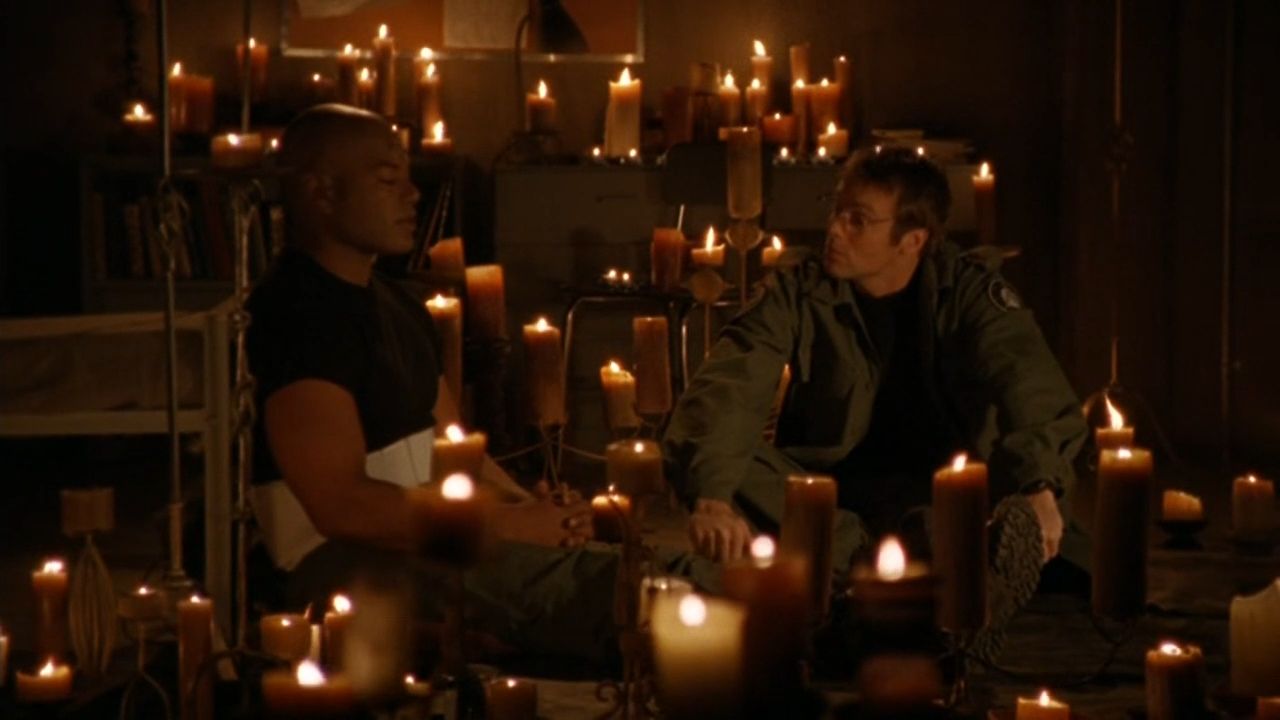
More than simply part of the plot, meditation, and mindfulness can, in fact, help to lessen the symptoms of bipolar disorder to an extent. Both cognitive behavioral therapy and mindfulness-based cognitive therapy (MBCT) are currently being used as supplementary treatments for bipolar disorder.
I have discovered that both meditation and prayer have helped as part of my road to better handling my conditions. Studies like those by Chiang (2017) also show that: “CBT is effective in decreasing the relapse rate and improving depressive symptoms, mania severity, and psychosocial functioning, with a mild-to-moderate effect size.” Practicing Kelnorim, it seems, is for more than just Jaffa.
Realizing That You're No Longer the Person You Used to Be
For all the relief a diagnosis brings, the diagnosis also serves as a divide between your life before and after you found a name for what is wrong. As if saying the diagnosis out loud for the first time is a spell that splits your life in two.
Acceptance of the diagnosis can take a long time and can be ongoing, not least because of the stigma attached to mental and chronic illness. However, I have found that, instead of helping, fighting against the diagnosis and new reality that something like bipolar disorder brings to your life can be detrimental in the long run as it’s not “necessary” to treat it.
Finding Peace in Illness?
Teal’c makes a kind of peace with the fact that his abilities aren’t exactly like they were before he started using Tretonin. One of the reasons for this is that he sees the bigger picture of what it means to be free of his symbiote. It’s perhaps not the type of freedom from the Goa’uld that he would have preferred, but it is still freedom from their tyranny.
Having to take chronic medication – most likely for the rest of my life – in order to be free of the crushing depths of depression is also not exactly what I’d hoped for when I was first diagnosed. It would have been great if bipolar was a bit like a normal cold. I have, however, come to accept it and make peace with it.
The biggest lesson that I’ve probably learned during this time, however, was not necessarily the coping mechanisms, but having better empathy. And this empathy can impact everyday events so that you can impact the lives around you in a positive way.
Final Thoughts
I’m under no illusion that I am one of the very lucky ones to be under such good care – especially in a developing country. The thing is that having a mental or chronic illness (or both) often leads one to feel a bit like a part of you is missing – a source of strength and resilience that Teal’c might recognize. Or, for that matter, a tattoo on the forehead that sets you apart from the rest of society.
And, sometimes, the best way to explain what’s going on with you, is to do it by way of an alien with a golden tattoo on his forehead.
This article was first published on November 18th, 2022, on the original Companion website.


